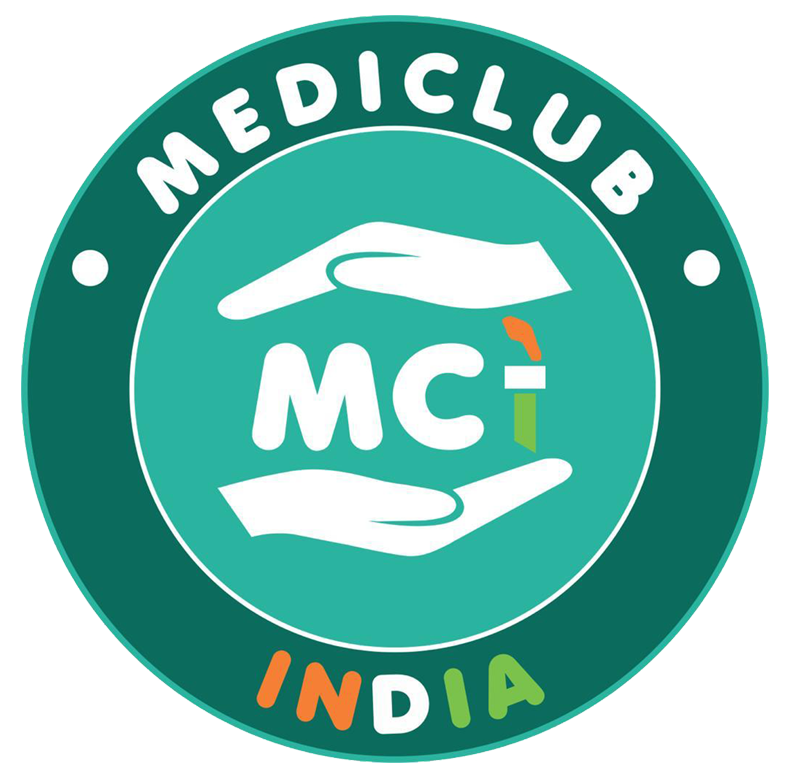Migraine vs. Tension Headaches: How to Differentiate and Manage Your Pain
Headaches are a common ailment affecting millions of people worldwide, but not all headaches are created equal. Two of the most prevalent types are migraines and tension headaches. Understanding the differences between them is crucial for effective management and treatment. This article delves into the distinctions, common triggers and symptoms, management strategies, and treatment options for both types of headaches. It also highlights when to seek specialized care from experts like Dr. Kunal Bahrani, a leading neurologist in Faridabad with over 15 years of experience.
Differences Between Migraines and Tension Headaches
Migraines
Migraines are a type of headache disorder characterized by recurrent attacks of moderate to severe pain. They are often described as throbbing or pulsating and typically affect one side of the head, although they can occur on both sides. Migraines can be debilitating and may last from a few hours to several days.
Key Characteristics of Migraines:
- Pain Intensity: Moderate to severe.
- Location: Usually one-sided but can be bilateral.
- Nature: Throbbing or pulsating pain.
- Duration: Lasts 4-72 hours.
- Associated Symptoms: Nausea, vomiting, sensitivity to light (photophobia), and sensitivity to sound (phonophobia).
- Aura: Some individuals experience visual or sensory disturbances before the headache begins, known as aura.
Tension Headaches
Tension headaches are the most common type of headache and are generally less severe than migraines. They are often described as a tight band or pressure around the head. Unlike migraines, tension headaches are not typically associated with nausea or sensitivity to light and sound.
Key Characteristics of Tension Headaches:
- Pain Intensity: Mild to moderate.
- Location: Bilateral (both sides of the head).
- Nature: Steady, non-throbbing pain.
- Duration: Can last from 30 minutes to several hours.
- Associated Symptoms: Muscle tenderness in the neck and shoulders, but no significant nausea or sensitivity to light and sound.
Common Triggers and Symptoms
Migraine Triggers:
- Hormonal Changes: Fluctuations in estrogen levels, particularly in women.
- Food and Drink: Certain foods like aged cheese, processed meats, and alcohol, especially red wine.
- Stress: Emotional stress and anxiety can trigger migraines.
- Sleep Patterns: Lack of sleep or too much sleep.
- Environmental Factors: Bright lights, loud noises, strong smells, and weather changes.
- Medications: Certain medications can trigger migraines in susceptible individuals.
Migraine Symptoms:
- Prodrome: Early warning signs such as mood changes, food cravings, neck stiffness, and frequent yawning.
- Aura: Visual disturbances like flashes of light, zigzag patterns, or blind spots; sensory changes like tingling or numbness.
- Headache: Severe, throbbing pain, usually on one side of the head.
- Postdrome: After the headache subsides, individuals may feel drained and fatigued for up to a day.
Tension Headache Triggers:
- Stress: Emotional stress and mental tension.
- Poor Posture: Strain on neck and scalp muscles due to poor posture.
- Eye Strain: Long hours of screen time or reading.
- Lack of Sleep: Insufficient sleep or irregular sleep patterns.
- Dehydration: Not drinking enough water.
- Skipping Meals: Missing meals can trigger headaches.
Tension Headache Symptoms:
- Mild to Moderate Pain: A dull, aching pain that feels like a tight band around the head.
- Pressure and Tightness: Pressure around the forehead, temples, and back of the head.
- Neck and Shoulder Pain: Muscle tightness and tenderness in the neck and shoulders.
- No Nausea or Sensitivity: Generally not accompanied by nausea or sensitivity to light and sound.
Effective Management Strategies and Treatment Options
Management of Migraines:
- Identify Triggers: Keeping a headache diary to identify and avoid triggers.
- Medications:
- Acute Treatments: Over-the-counter pain relievers like ibuprofen or aspirin, and prescription medications like triptans.
- Preventive Treatments: Medications such as beta-blockers, antiepileptics, and antidepressants.
- Lifestyle Changes:
- Regular Sleep Schedule: Maintain consistent sleep patterns.
- Healthy Diet: Avoid trigger foods and eat regular meals.
- Stress Management: Techniques such as yoga, meditation, and biofeedback.
- Alternative Therapies: Acupuncture, massage, and herbal supplements like butterbur and feverfew.
Management of Tension Headaches:
- Stress Reduction: Stress management techniques such as deep breathing exercises, progressive muscle relaxation, and mindfulness meditation.
- Ergonomics: Improving posture and ergonomics at work and home to reduce muscle strain.
- Regular Physical Activity: Exercise can help reduce the frequency and severity of tension headaches.
- Adequate Hydration: Drinking plenty of water throughout the day.
- Over-the-Counter Medications: Pain relievers like acetaminophen, ibuprofen, or aspirin.
- Physical Therapy: For chronic tension headaches, physical therapy can help alleviate muscle tension and improve posture.
When to Seek Specialized Care
While many headaches can be managed with lifestyle changes and over-the-counter medications, there are instances when specialized care is necessary. Dr. Kunal Bahrani, the best neurologist in Faridabad, is renowned for his expertise in diagnosing and treating complex headache disorders, including migraines and tension headaches.
When to See a Specialist:
- Frequency and Severity: If headaches occur frequently or are severe and debilitating.
- Medication Overuse: When over-the-counter medications are needed more than twice a week.
- Unresponsive to Treatment: If headaches do not respond to standard treatments.
- Neurological Symptoms: Presence of neurological symptoms such as vision changes, weakness, or difficulty speaking.
- Sudden Onset: A sudden, severe headache that comes on rapidly (thunderclap headache).
- Associated Conditions: If there are associated medical conditions such as hypertension, sleep disorders, or mental health issues.
Dr. Kunal Bahrani, neurologist in Faridabad offers comprehensive headache management strategies tailored to individual needs. With 15 years of experience in neurology, Dr. Kunal combines advanced diagnostic tools and a holistic approach to treatment, ensuring optimal patient care. For consultations, contact at +91 85278 41220.
Conclusion
Differentiating between migraines and tension headaches is crucial for effective management and treatment. Migraines are characterized by severe, throbbing pain and associated symptoms like nausea and sensitivity to light, while tension headaches present as mild to moderate, steady pain without significant associated symptoms. Understanding common triggers and symptoms can help in identifying the type of headache and managing it effectively.
Effective management strategies include identifying triggers, using appropriate medications, and making lifestyle changes. For those experiencing frequent or severe headaches, consulting a specialist like Dr. Kunal Bahrani in Faridabad can provide expert guidance and advanced treatment options. By seeking specialized care, individuals can achieve better control over their headache disorders and improve their quality of life.

